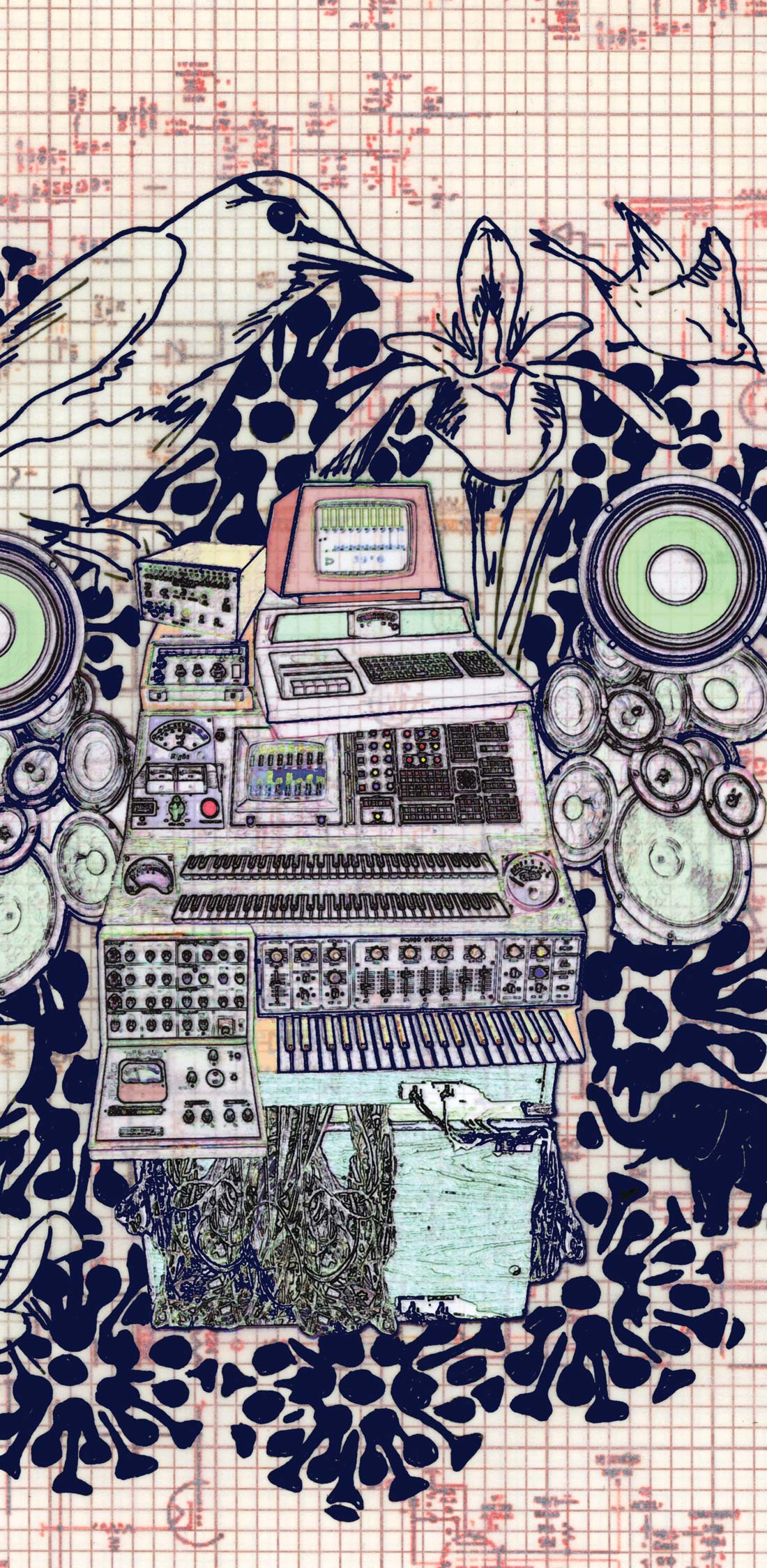This is a versatile sampler/synth/workstation plug-in for Mac and Windows, running under RTAS, VST, DX, and AU hosts. On the surface, the user interface and overall concept seem to strongly resemble SampleTank, IK Multimedia's other popular sampler plug. Digging a little deeper reveals a breadth of features and possibilities that SampleTank and other similar plug-ins can't offer.
Sonik Synth 2 runs a 16-part multi-timbral sample engine with 256-note polyphony and 32 DSP effects (including compression, reverb, distortion, etc.). The editing parameters in the mix window, while flexible, are fairly straightforward; buttons take you to each parameter set, and virtual pots allow you to edit within the set. There are two LFO's, two envelope controls, a deep filter section (nice!), velocity control, and a Synth parameter which allows you to select which synthesis engine the workstation uses to process the selected sample. This last parameter is important, because a sample can sound quite different when the math underneath it changes! Three different resynthesis engines are available in Sonik Synth 2: Resampling, Pitch- Shift/Timestretch, and an advanced algorithm called STRETCH. The STRETCH engine allows for some radical timbral alterations and a number of interesting time-shift features. For instance, I loaded up a grand piano sound called "The One" which defaults to the Resampling engine. In the Resampling parameter set, I can really only alter the pitch of the piano sample. Upon selecting the STRETCH engine, I can now alter not only pitch, but also tempo (speed) and harmonic tuning in semitones, all independent of one another. So a piano sound can quickly morph into a kind of detuned koto within a few minutes of sound mangling. Save as a new preset, stack it with up to sixteen others in Combi mode, and you've created an entirely new set of evolving sounds. I clearly haven't even scratched the surface here; the sound design potential of this plug-in is pretty awesome!
Sonik Synth 2 includes a couple of DVD's of amazing sounds and soundsets (over 8 GB worth-clear up some hard drive space!), which will also load up in SampleTank 2. For me, this is one of the best features of Sonik Synth 2; for a little over $300 street, you get an entire high-quality sample library of strings, vintage keyboards, percussion, sound effects, choirs-on and on. A few favorites that stood out to me: the B3's; the Optigan, Chamberlins, and Mellotrons; the string ensembles; almost all of the synths; and the electric pianos. The acoustic piano sounds are pretty good, although I admit I'm a piano snob and have yet to hear a sampled or synthesized piano that sounds natural to my ears. Some of the brass sounds seemed to suffer from aliasing a bit as well. However, the sounds that come with Sonik Synth 2 are an almost-comprehensive all-in-one collection. Quite literally, one would need two or three days to really process the entire library-it's massive.
Gripes/exceptions? Well, the GUI is a bit of an eye exercise. With all the different frameworks IK needed to cram into an 850 x 500 pixel window, it's no surprise that it feels a bit cramped. And why software manufacturers feel compelled to give us pretty, rendered knobs and buttons but forget to include ways to enter in simple numeric values, I dunno. But hey, every knob is MIDI-controllable, so these are minor issues. Ultimately, you'll want to check out Sonik Synth 2 because it represents an amazing value, it's deeper than it looks, and it sounds great.
($399 MSRP; www.soniksynth.com)




_disp_horizontal_bw.jpg)